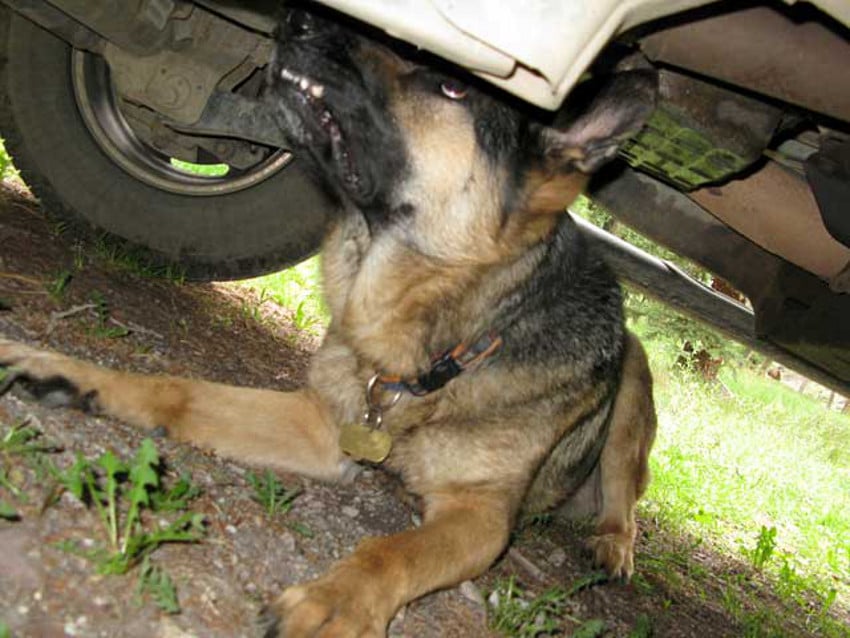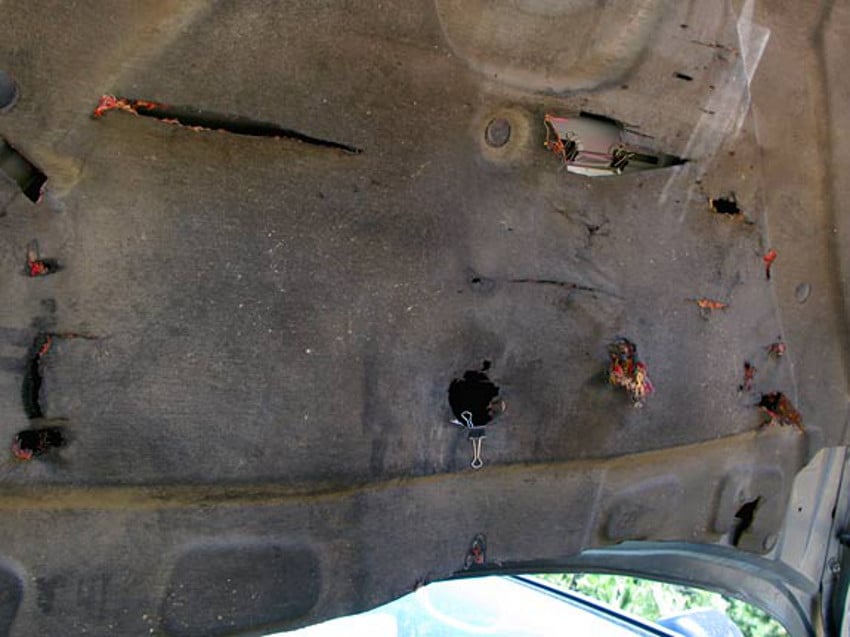The Lake Tahoe campers at Fallen Leaf Campground never imagined that the cute little squirrel scampering on their picnic table was a ticking time bomb. But in June, authorities announced that the killer critter was in fact covered in fleas carrying the Bubonic Plague. From California to Texas and beyond, more rodents and people are testing positive for the killer disease. Here’s what you can do to avoid the plague when camping close to wildlife.

Cute squirrel is a ticking time bomb. Photo courtesy of NPS
How to Avoid the Plague When Camping
Common sense is your best friend when it comes to avoiding the deadly disease. Here are the four easy ways to avoid the plague when camping around wildlife.
Don’t Feed Wildlife
Squirrels, mice, raccoons and their friends are called “wild life” for a reason. They carry many germs and diseases that humans don’t. Although it’s entertaining for many people, feeding rodents encourages dependency on humans. Resist the temptation to feed wild animals and always keep a clean campsite to avoid uninvited guests.
Inspect for Nests and Rodent Activity

A curious canine sniffing out a rodent inside an engine compartment.
If your dog is suddenly interested in the undercarriage of your RV, he might be trying to warn you about a rodent problem. One of the most popular places for rodents to nest is inside engine compartments. Rodents are fond of nesting due to the heat insulation material lining pickup truck and RV hoods. They can also movie into tight spaces within the walls and cabinets of RVs – even through a hole the size of a pencil eraser.
If one rodent chews into the heat ducting it can into your whole rig. The best way to prevent rodents from getting into your RV is to stop them from getting inside in the first place. Regularly inspect for problem areas and take immediate action when you see one.
Block Rodent Access

Signs of rodent nesting inside an engine.
If a mouse or other rodent leaves a warning sign, like chew marks around exterior compartments or excrement droppings inside a kitchen cabinet, it’s time to take action.
The Centers For Disease Control suggests blocking access with steel wool held in place by caulk. You can also “use lath screen or lath metal, cement, hardware cloth, or metal sheeting to fix large holes,” according to the CDC.
Finally, an ultrasonic rodent repellent in your engine compartment can help keep rodents out of those havens. A product like the Mouse Blocker shoots ultrahigh frequency noise that only rodents can hear (it’s the equivalent of a jackhammer’s racket). The resulting noise that continuously streams via simple connection to your car battery will deter rodents from nest building.
Keep Pets on Leash
The putrid stench of a rotting carcass is irresistible to many dogs. Unfortunately, those who come in close contact with an infected flea could die within days – and infect humans too. Minimize the risk of your dog being bitten by a killer flea by keeping your dog on a leash when you’re in a place with wildlife.
If you see a dead rodent when you’re camping, stay away. The Plague is so contagious that you can get it just by touching the blood or urine of an infected animal. Even just inhaling bacteria from an infected creature could mean your untimely demise. The best thing to do when you see a dead rodent is to notify park staff so they can safely remove the dead animal and mitigate any potential health hazards.

you should be modifying the statement about using steel wool to read “stainless steel wool” Standard types of steel wool create problems in this type of situation with rust and also it is very flammable.
Oh interesting, thanks for that feedback KC. We’ve had steel wool under our sink to cover an open spot where the plumbing comes through the cabinetry. No rust so far but we didn’t know it’s flammable, thanks for the enlightenment.
For sure it’s flammable. I have had a couple small steel wool fires on my workbench while MIG welding. It doesn’t take an open flame, just hot weld spatter to ignite.
When blocking rodent holes it is best to use copper wool, not steel, or stainless steel. Many reasons, including not forming a galvanic reaction between copper pipe and the steel wool, leading to holes in the pipes. STUFFIT is a brand name of copper wool.
Ultrasonic devices to supposedly detour rodents are a complete waste of money. None of them do anything.
Tried the ultrasonic devices they did not work also tried peppermint oil on cotton balls that didn’t work either
I did a report in high school on the “Black Death”. Did you know there are actually three types of plague? In addition to Bubonic plague which everyone has heard of, there is Pneumonic plague and Septicemic plague.
Bubonic plague is infection in the lymph nodes (buboes), Pneumonic plague is infection in the lungs, and Septicemic plague is infection in the blood.
Prognosis: Bubonic plague kills within a week, Pneumonic within a few days, and Septicemic within the same day.
I used stainless steel wool, but instead of caulking, I shot some expanding foam into the space, then worked in the steel wool and shoved the nozzle back into the steel wool and filled it up.
The mice tried, but ended up with steel wool in their diet. I don’t think they liked it because the stopped eating it.